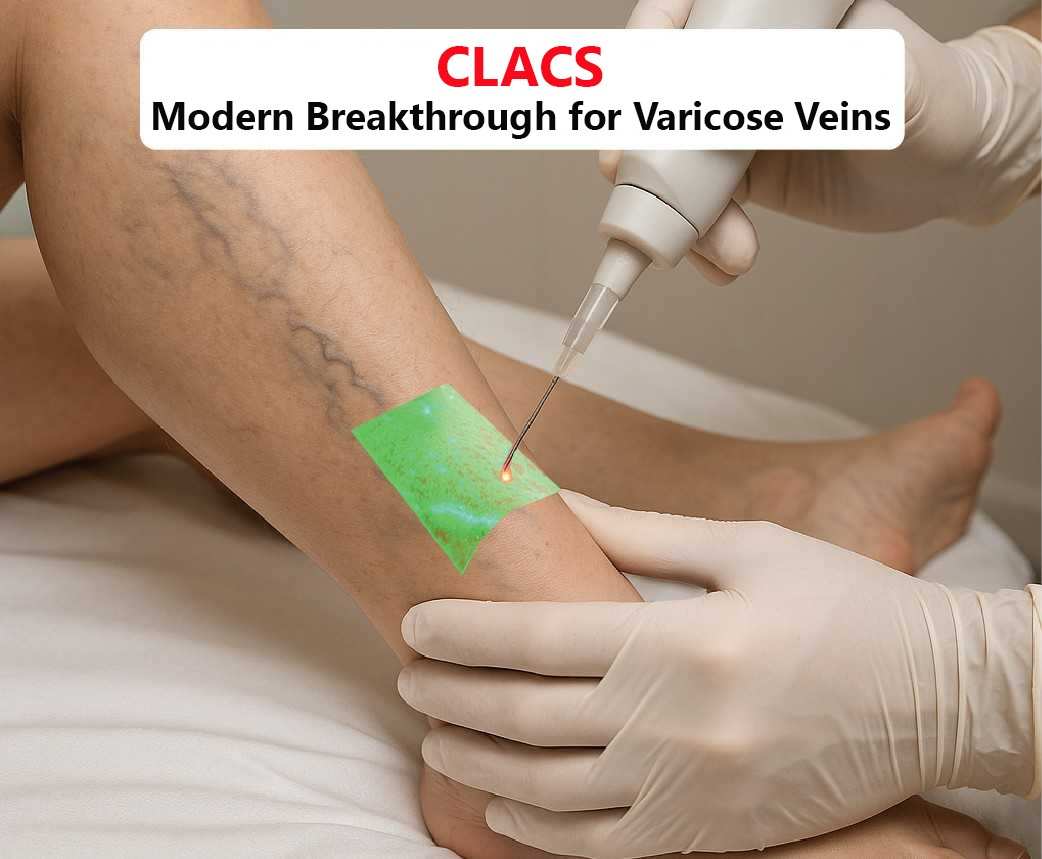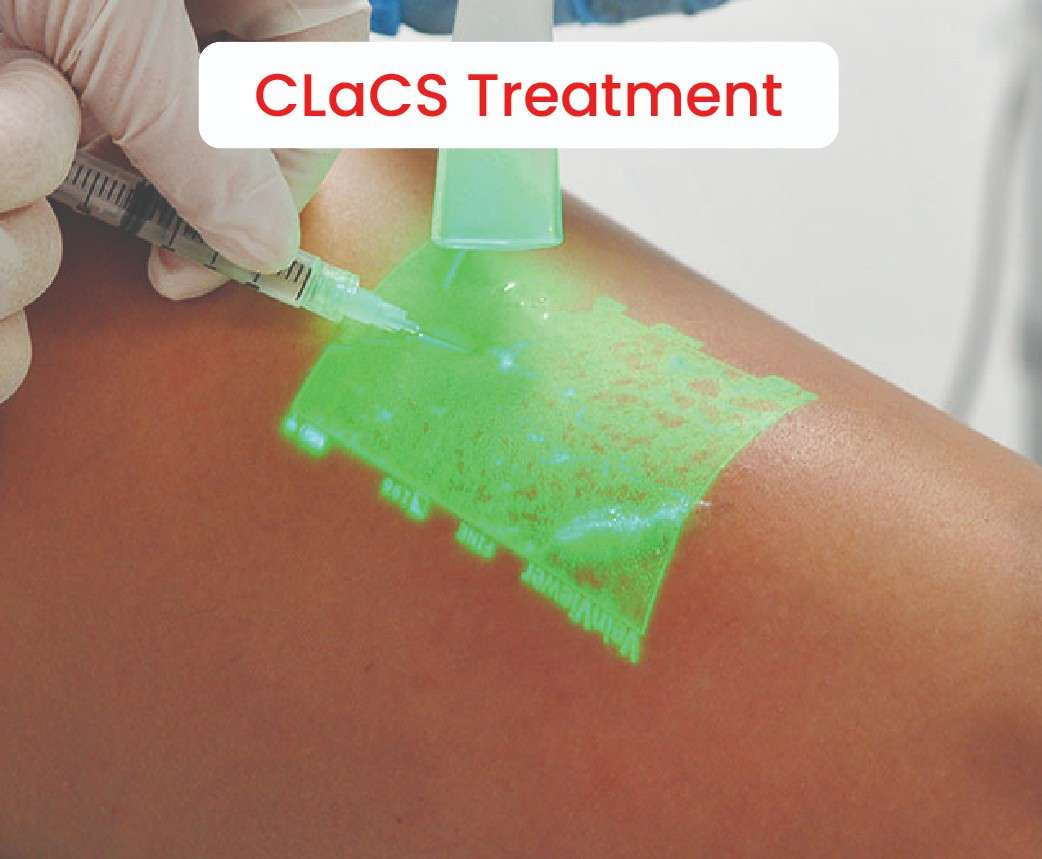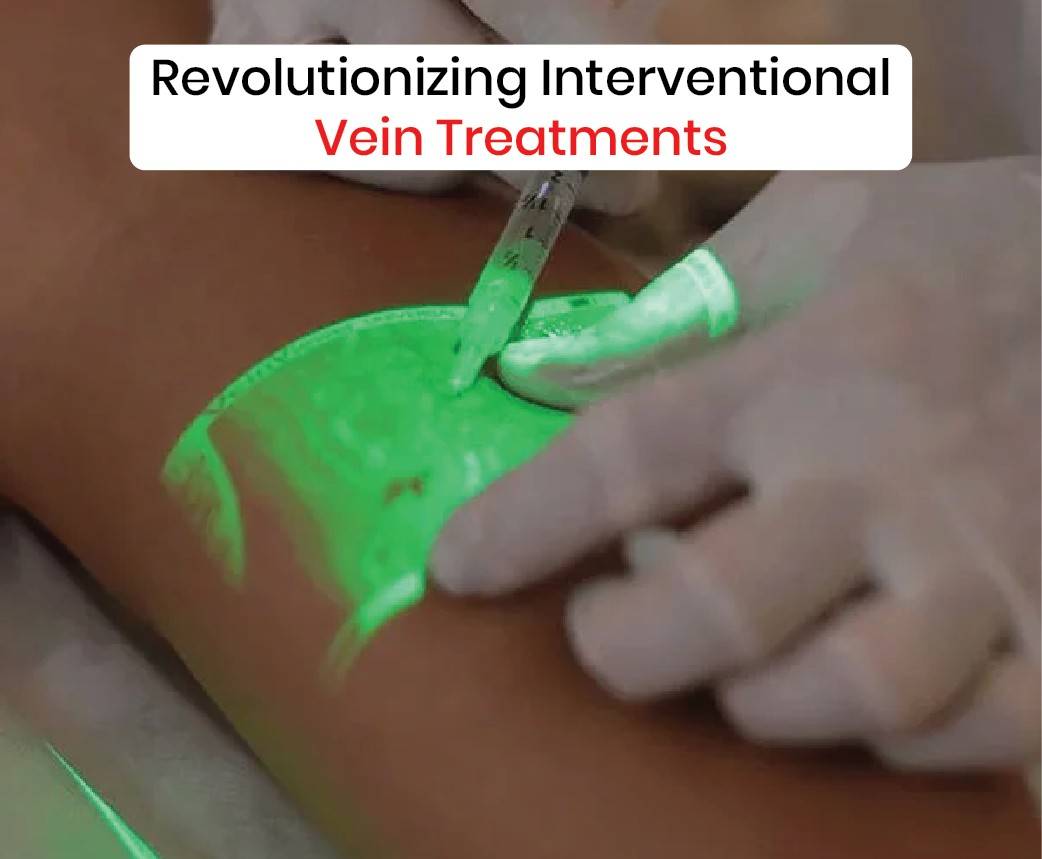Varicose veins affect millions worldwide, causing both cosmetic concerns and potential health complications. In recent years, a groundbreaking treatment called CLACS (Cryo-Laser and Cryo-Sclerotherapy) has emerged as a game-changer in vascular medicine, offering new hope to patients seeking effective, minimally invasive solutions.
Understanding CLACS: A Revolutionary Approach
CLACS, developed by Dr. Kasuo Miyake in Brazil, represents a significant advancement in vein therapy. This innovative treatment combines the precision of laser therapy with the effectiveness of sclerotherapy, while incorporating cryotherapy for enhanced patient comfort. Unlike traditional surgical approaches, CLACS specifically targets spider veins and small varicose veins with remarkable precision.
Evidence-Based Efficacy
Recent research has demonstrated impressive outcomes for CLACS treatment. Studies conducted at the Federal University of São Paulo have shown superior vein clearance compared to conventional sclerotherapy. A comprehensive European multicentre study has reported sustained results with minimal recurrence over a five-year follow-up period. The University of São Paulo’s safety-focused research has further confirmed CLACS’s favorable safety profile, documenting minimal complications.
The Treatment Process
The CLACS procedure typically takes 30-60 minutes and follows a systematic approach:
- Initial consultation and vein assessment
- Precise vein mapping using transdermal vein light or ultrasound
- Application of cryotherapy for local numbing
- Targeted laser treatment to collapse affected veins
- Sclerosing agent injection for permanent vein closure
Advantages Over Traditional Treatments
CLACS offers several distinct advantages:
- Minimally invasive nature reduces recovery time
- Enhanced comfort through cold air application
- High success rates in treating superficial veins
- Quick return to daily activities
- Reduced risk of complications
- Superior cosmetic outcomes
Patient Selection and Contraindications
While CLACS shows promising results, proper patient selection is crucial. The treatment is particularly effective for individuals with spider veins and small varicose veins. However, certain groups should avoid this treatment, including:
- Pregnant women
- Patients with severe, large-caliber varicose veins
- Individuals with uncontrolled diabetes
- Those with severe cardiovascular conditions
- Patients with blood clotting disorders
Looking to the Future
As CLACS continues to gain recognition worldwide, its adoption in various countries, including India, demonstrates its potential to revolutionize varicose vein treatment. The combination of high efficacy rates, minimal invasiveness, and patient comfort makes it an attractive option for both practitioners and patients.
The treatment’s success in clinical studies, coupled with positive long-term outcomes, suggests that CLACS may become the gold standard for treating superficial venous conditions. However, as with any medical procedure, consultation with a qualified vascular specialist remains essential for determining the most appropriate treatment approach for individual cases.
For patients seeking a balance between effective treatment and minimal downtime, CLACS represents a significant advancement in vascular medicine. As research continues and techniques are refined, this innovative approach promises to remain at the forefront of modern vein therapy.




